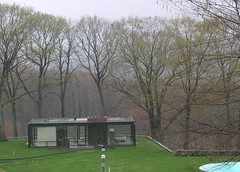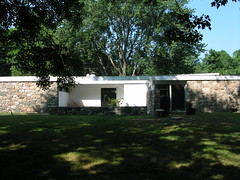Shell Drops Proposal for an Offshore LNG Terminal
The cancellation is part of ongoing shakeout in the LNG import industry, which spawned more than three-dozen proposals for sites around the United States after prices rose and concerns grew about an impending domestic U.S. gas shortage.
Now that prices and demand have flattened, a number of other projects have been delayed or canceled.
But others are going forward. Earlier this year, the U.S. Maritime Administration (MARAD) licensed two new terminals off Boston and the U.S. Federal Energy Regulatory Commission approved two more onshore on the Mississippi Gulf Coast.
I’ve been doing a fair number of talks and speeches lately, and people always ask me how we can stop Broadwater. One possibility for slowing the process down, if not stopping it, is to demand that the projects’s environmental impact statement be done over, as I argued here.
It’s obvious from all the written testimony submitted by various government agencies that the DEIS was inadequate, to say the least. So the Federal Energy Regulatory Administration needs to issue a supplement and then hold a new public review period. If we’re lucky, the “ongoing shakeout” will shake out the Shell-TransCanada proposal.
The other obvious course is to let New York State officials know what you think.
It’s worth keeping in mind that the state Department of State must determine that the LNG terminal is consistent with state policies for the use of the coastal zone. It’s also worth remembering that the Department of State has already hinted that the proposal is lacking in the consistency department. Read this, for example.
Labels: Broadwater, LNG





